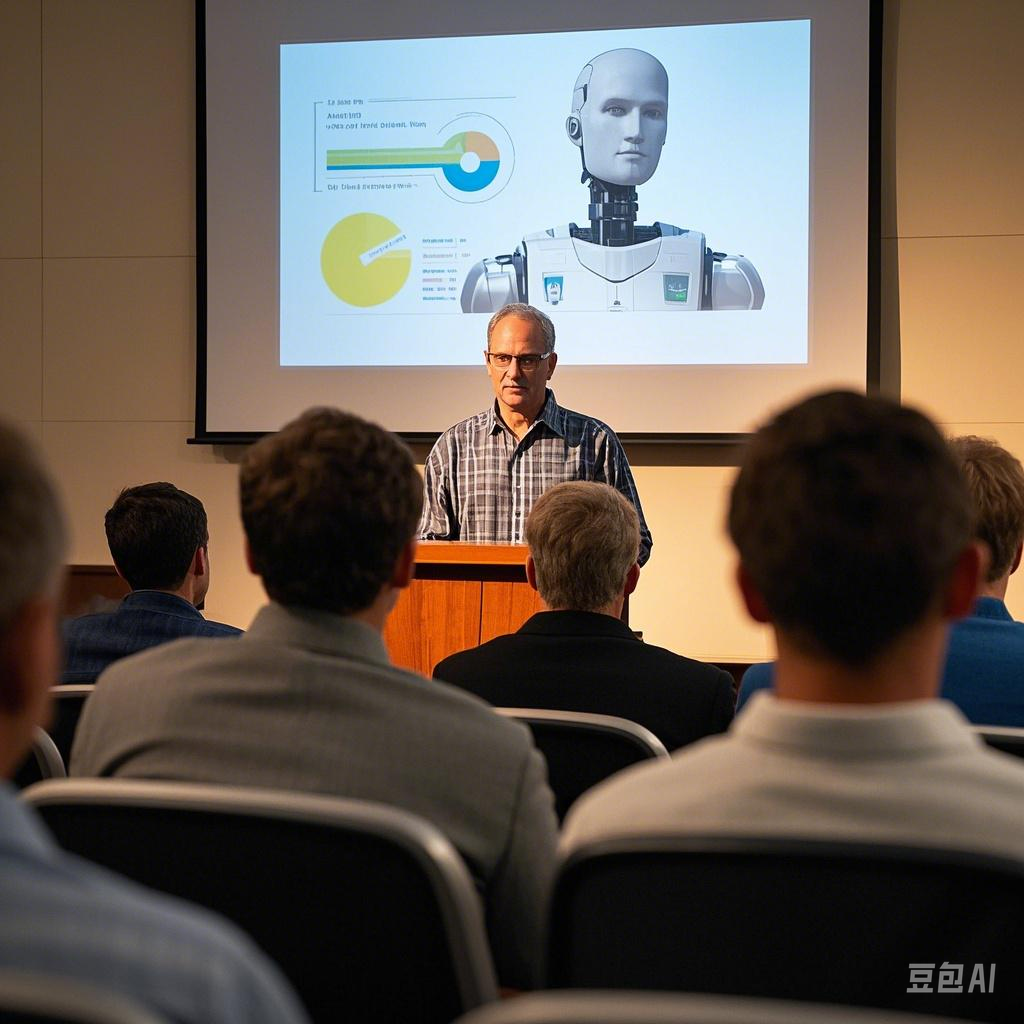
AI is transforming education, providing students with tools to assist in writing, researching, and problem-solving. However, AI should enhance learning, not replace it. Understanding AI’s role helps students use it effectively while maintaining critical thinking and creativity.
What is AI?
AI mimics human-like problem-solving but doesn’t “think” like humans. Large Language Models (LLMs) like ChatGPT predict responses based on vast amounts of text, assisting with:
- Summarizing information
- Grammar and writing feedback
- Idea generation
- Explaining concepts
However, AI lacks human judgment, creativity, and deep comprehension, making responsible use essential for students.
How AI Supports Learning
When used correctly, AI is a valuable learning partner. Here are some examples of how AI can support learning versus when it hinders deeper understanding:
| Useful Prompt | Harmful Prompt | |
| Explanations of Concepts | “Explain what a ‘cliffhanger’ is in simple terms.” | “Write me a narrative prompt ending with a cliffhanger.” |
| Grammar and Writing Support | “Check my sentence structure for mistakes and offer suggestions and explanations why.” | “Read my paragraph and replace all grammar mistakes.” |
| Self-Quizzing and Practice | “Test me on Grade 5 vocabulary words.” | N/A |
| Homework Clarification | “What does my math question mean?” | “I don’t understand this homework question. Answer my homework for me as if you are a grade 6 student.” |
Where AI Fits in the Learning Process
AI can assist with lower-order thinking skills, but students must develop higher-order skills, which form the most impactful elements of their learning journey. Overreliance on AI takes away opportunities for students to master essential stages of learning. Critical thinking – and therefore unique, insightful content – comes from the teacher feedback cycle, discussion, and human revisions.
AI as a Learning Partner, Not a Shortcut
Studies show that students who rely on AI to complete a full piece of writing create bland, inaccurate essays that lack personal insight and analysis.
Key Takeaways for Parents
- AI is a tool for learning, not a shortcut.
- Encourage using AI in ways that promote deep understanding and long-term learning, rather than having AI do the work for the student.
- Critical thinking, author’s voice and personal creativity must come from students; it cannot be replicated.
By guiding responsible AI use, parents can help their children develop strong academic skills while preparing for a technology-driven future.

